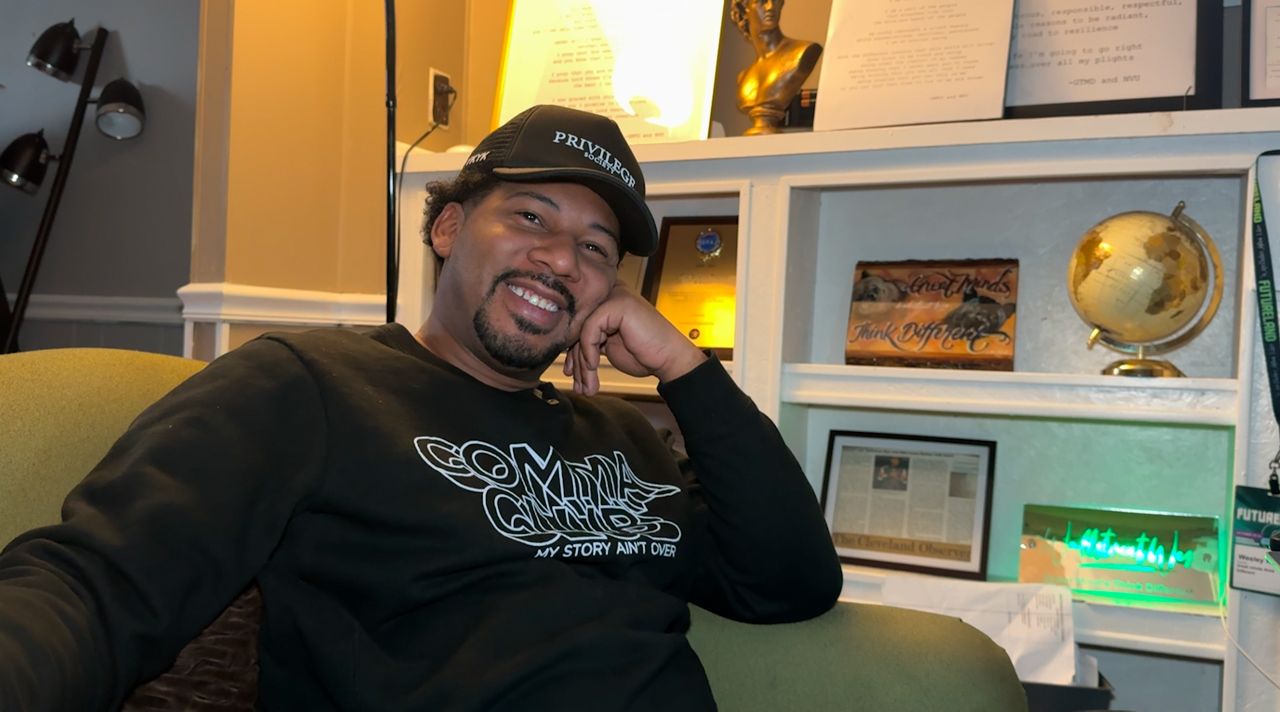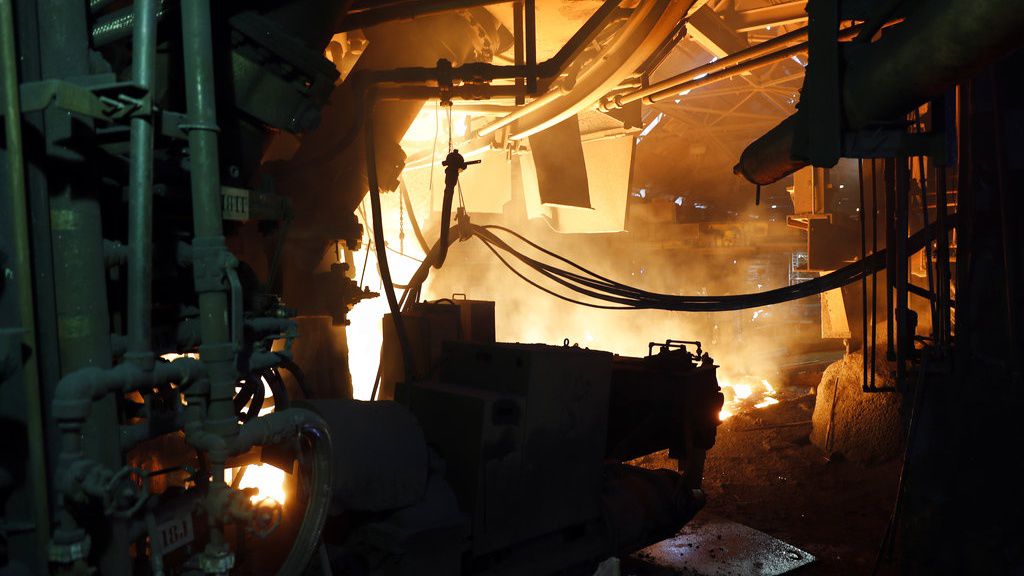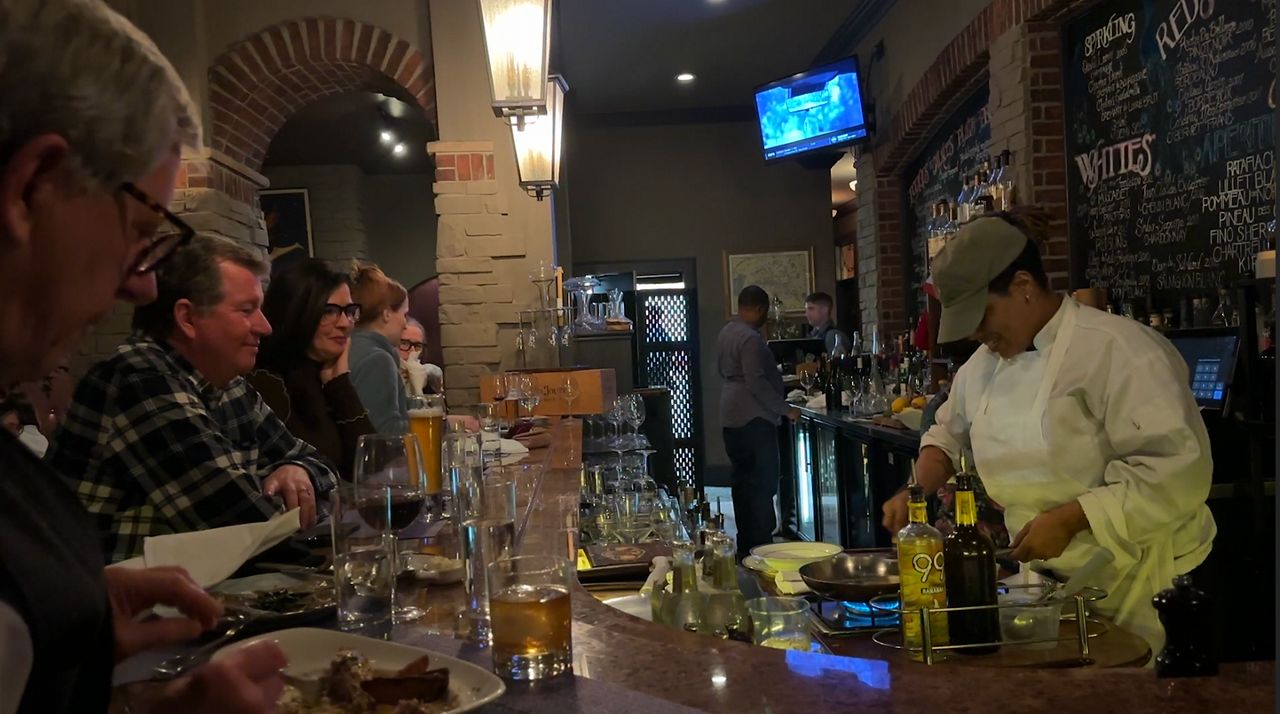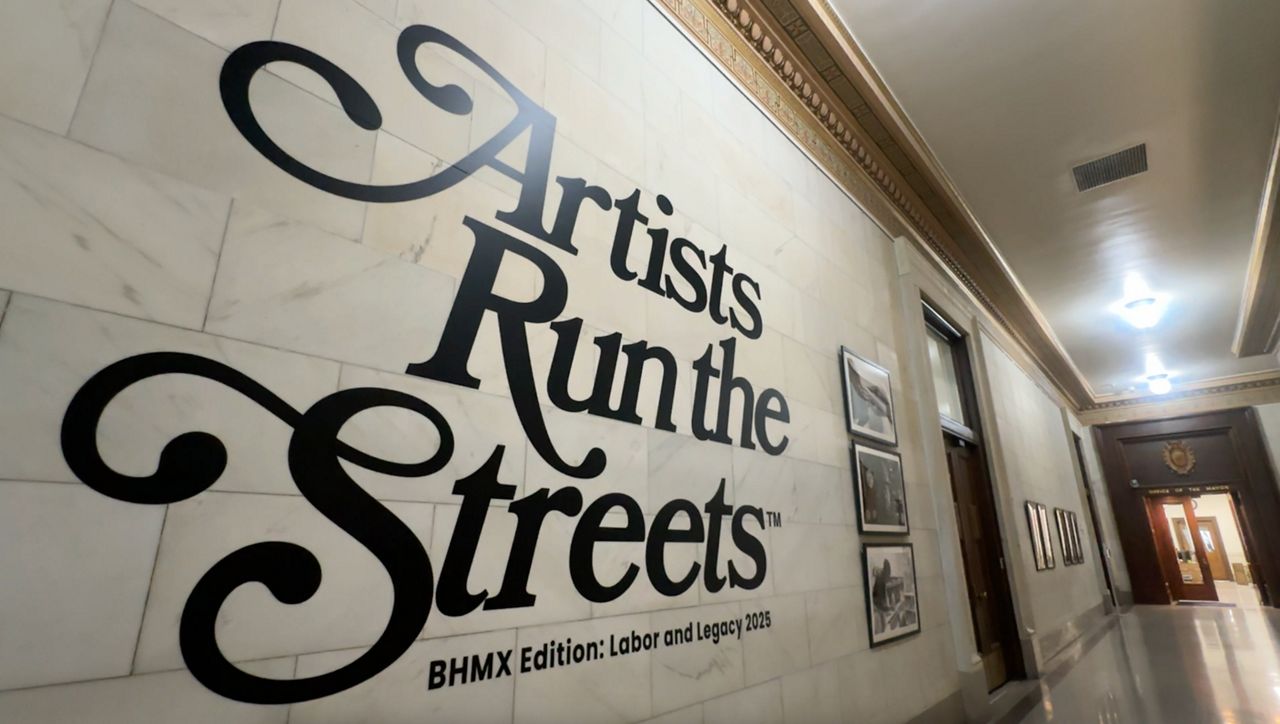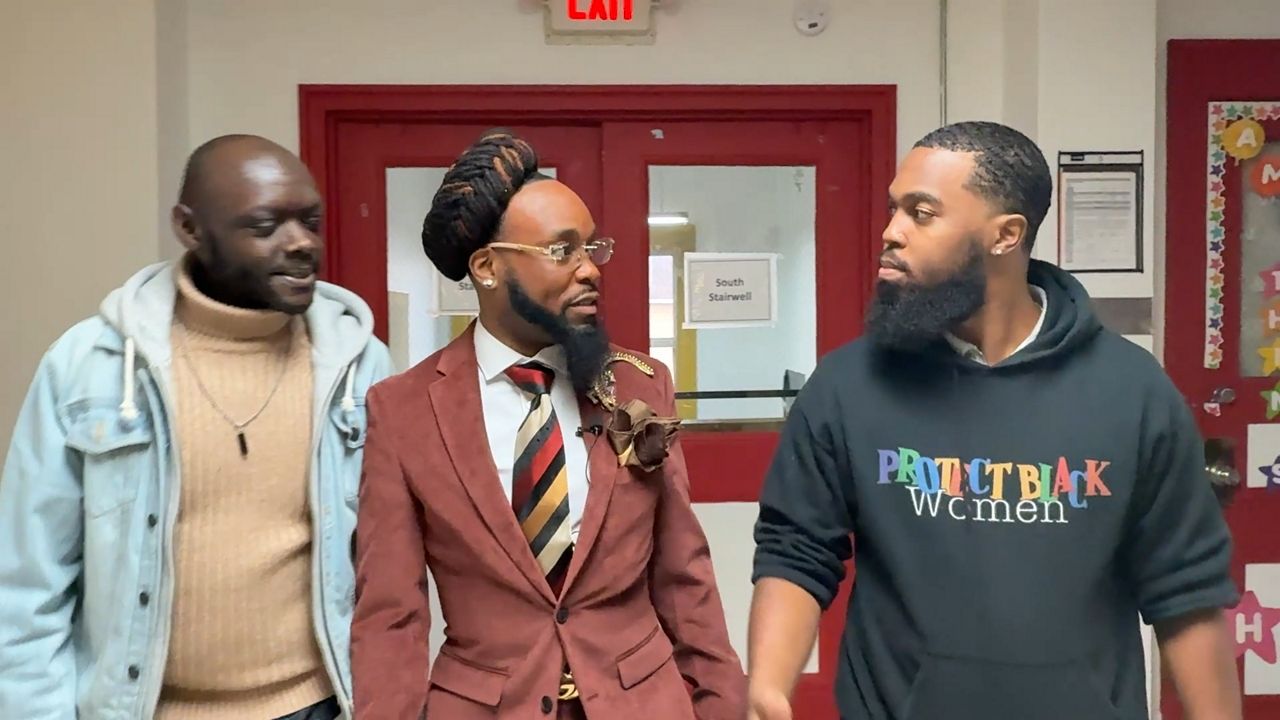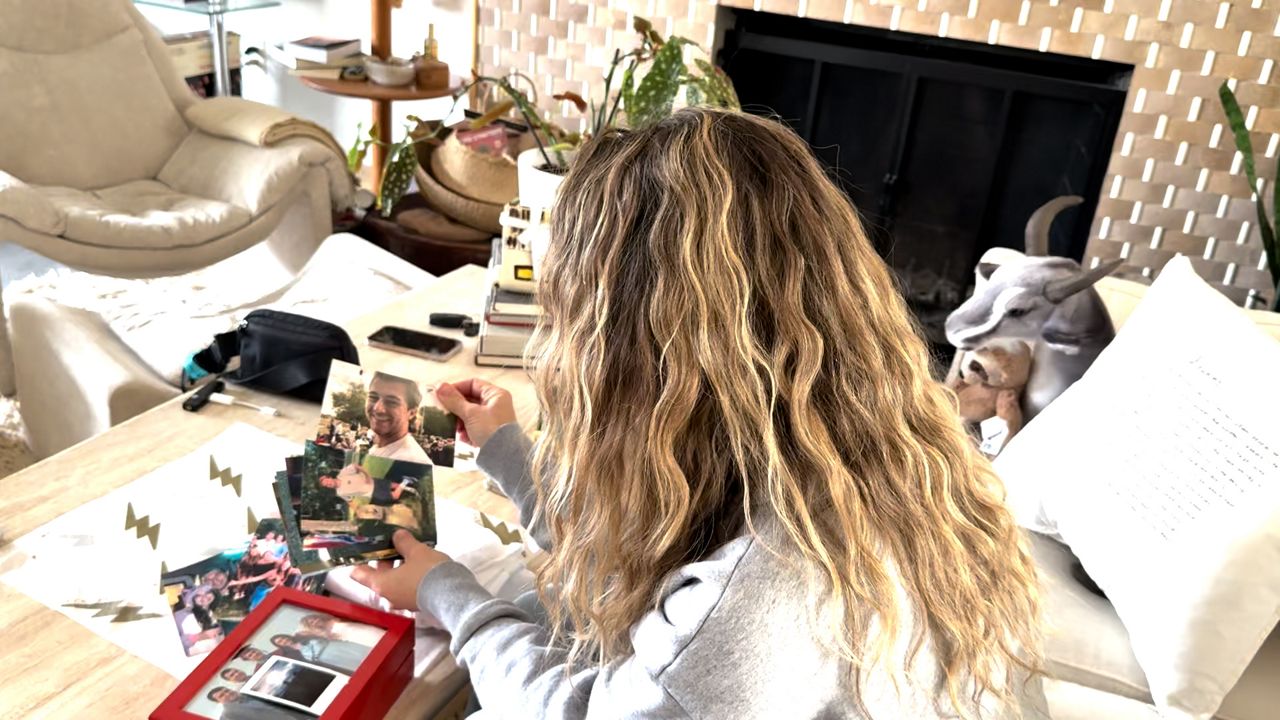CLEVELAND — Now a senior partner at Squire Patton Boggs, Fred Nance was a rising young attorney in Cleveland when former Mayor Michael White hired him to work for the city in 1995.
He still has a keepsake from his first assignment: leading negotiations with the Browns, as then-owner Art Modell was moving the team to Baltimore.
“This is one of the pens that Roger Goodell, Mayor White and then NFL Commissioner Paul Tagliabue used to sign the deal papers when we got the franchise back to Cleveland,” Nance said. “And I will tell you back then, 30 years ago, we did take a moment to say, ‘Should we move the location of the stadium?’”
They didn’t, and since that deal was signed, the Browns have remained on Cleveland’s lakefront.
“It was Roger, and I don’t know that anyone’s ever said this publicly before, who said ‘One day Cleveland’s going to get its act together and when it does, this stadium needs to be on the lakefront because that’s where the action is going to be in Cleveland,’” Nance said. “Now, a lot of things have changed, a lot of water under the bridge since then, but I think those were prophetic words.”
Over the years, Nance has played a large role in driving economic development in downtown Cleveland. He’s been around to see the unveiling of several lakefront development plans that ended up going nowhere, but he believes the city is finally on the verge of realizing their vision.
The city has so far secured about $150 million toward Mayor Justin Bibb’s plan to connect downtown to the lakefront with a land bridge and spark retail and residential development in the area.
“We’re boasting almost 21,000 residents in downtown Cleveland,” he said. “You know how long and how hard we worked to make that happen?”
But the threat of the Browns leaving downtown looms again. The team’s owners, Dee and Jimmy Haslam, are gearing up to battle the city in court over whether they can move the stadium from Cleveland’s lakefront to neighboring suburb, Brook Park, where they plan to build a new stadium and entertainment complex. That project would cost about $2.4 billion, and the Haslams are asking taxpayers to cover half the bill.
“The notion that the public sector, Cleveland and Cuyahoga County and the state of Ohio are going to put, you know, $1.5 billion out next to runways in our area that has not previously been developed, it just defies common sense,” Nance said.
Mayor Bibb and Cuyahoga County Executive Chris Ronayne have both said they would not contribute to the Brook Park facility, in the interest of protecting taxpayer investment in downtown. Bibb is using a state law named after Art Modell to sue the Browns in an Ohio court to keep the stadium on the lakefront.
The law, which the Browns are claiming is unconstitutional in federal court, requires owners of teams who play in taxpayer-supported facilities to give the city a six month notice of intent to move and put the team up for sale during that period.
“I am confident that irrespective of the outcome of that litigation, there’s going to be a new deal with the Browns in a new facility,” Nance said.
As a negotiator, Nance said he likes to find common goals among both parties and strive to find a compromise that works for everyone. He said if he were working for the city today, he would try to work on those commonalities.
“The Browns made it very clear they’d like a new stadium, and as strange as it may seem, these days, 30 years in a stadium is a long time,” he said. “So, if the team wants a new stadium, I think the county, the city, should be working hard to make that a viable option on the lakefront. If they want a dome to, explore that as well.”
Whether that means making Burke Airport a more viable option or finding other routes, Nance is unsure. But he’s confident that both parties will come to an agreement. After decades of doing this work, he said he’s seen how important professional sports teams are, not just for economic development, but to bring people of different walks of life together.
“I think we should take into account this maintaining the tradition of having our football team in the community, having it downtown as a part of everything else that’s going on down here is a connector of its own, not just a physical connector vis-à-vis the lakefront, but a people and a community connector,” he said.






